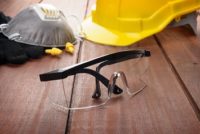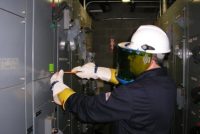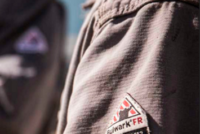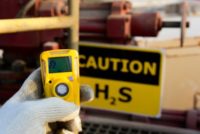The Respiratory Protection Standard: From Dust to Smoke to Coronavirus
Nationwide, approximately 1.4 million workplaces provide at least some of their employees with respiratory protection. Studies indicate that at these workplaces, gaps exist in their written respiratory protection program, their understanding of Occupational Safety and Health Administration (OSHA) requirements, or the administration of the program. These gaps lead to issues in mandatory compliance or recommended […]









